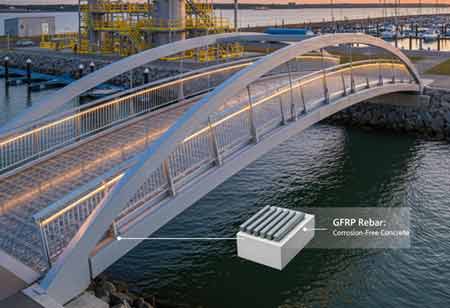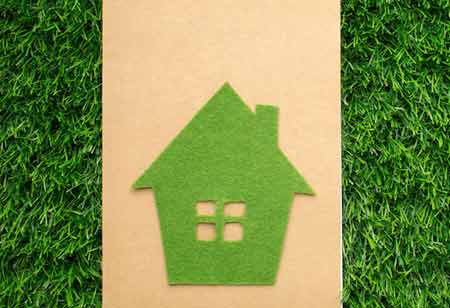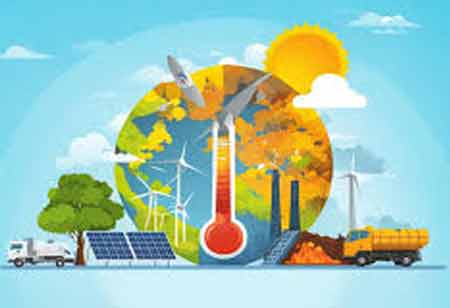Thank you for Subscribing to Construction Business Review Weekly Brief
Specials
- Apartment and Condominium Contractors Canada
- Decking Canada
- Architectural Glass Europe
- MEP APAC
- Construction Saudi Arabia
- German Apartment and Condominium Contractors
- Construction Law APAC
- Outdoor Construction
- Foundation Construction Canada
- MEP Canada
- Kitchen and Bath
- Cold Storage Construction APAC
- Precast Concrete Europe
- Construction Staffing Europe
- Pre-Construction Services
- Flooring System APAC
- Scaffolding Canada
- Swimming Pool Construction Canada
- Construction Management Canada
- Cold Storage Construction Canada
- Flooring Systems Europe
- Residential Construction
- Concrete Canada
- Construction Cladding Europe
- Construction Cladding APAC
- Concretes, Aggregates and Construction Materials APAC
- Concretes, Aggregates and Construction Materials Europe
- Commercial Contractors Europe
- Commercial Contractors APAC
- Dummy
- Construction Insulation, Coating and Waterproofing
- Construction Management APAC
- Landscaping Canada
- Construction Coating Europe
- Construction Tech Startups Europe
- Insulation Services Europe
- Mechanical Contractor Canada
- Mould Remediation and Testing Europe
- Swimming Pool Construction APAC
- Building Sealing Solutions Europe
- Construction Engineering Services
- Mechanical Electrical and Plumbing
- Roofing Systems Europe
- Architectural Glass APAC
- Startups APAC
- Construction Forensic and Owners Representative
- Flooring System
- Waterproofing APAC
- Wall Systems
- Safety and Compliance Europe
- Construction Bidding and Auctions
- Modular and Prefab Construction
- Architectural Glass
- Construction MENA
- Construction Demolition and Recycling Europe
- Modular Construction Europe
- Construction Interiors
- Steel Building APAC
- HVAC
- Doors and windows
- Construction Latam
- Building Information Modeling APAC
- Sustainable Construction APAC
- Building Restoration and Maintenance
- Commercial Contractors
- Specialty Construction
- Construction Engineering Canada
- Construction Engineering MENA
- Modular Construction Canada
- Modular Construction APAC
- Roofing and Siding Systems
- Workforce Management and Staffing
- Roofing Systems APAC
- Construction Consulting
- Steel Building Europe
- Construction Demolition and Recycling APAC
- Safety and Compliance APAC
- Concretes, Aggregates and Construction Materials
- Construction Cladding
Fiberglass as a Primary Material in the Built Environment
Fiberglass is transforming construction with its strength and corrosion resistance, emerging as a sustainable, lightweight alternative in load-bearing applications across various sectors.

By
Construction Business Review | Wednesday, November 12, 2025
Stay ahead of the industry with exclusive feature stories on the top companies, expert insights and the latest news delivered straight to your inbox. Subscribe today.
Fremont, CA: Fiberglass is reshaping the construction landscape, moving beyond its traditional role in non-structural applications to become a primary material in load-bearing systems. As engineers and architects seek alternatives to conventional materials like steel and wood, fiberglass—specifically as a fiber-reinforced polymer (FRP)—is rising to the forefront due to its exceptional properties and long-term value.
Applications in Modern Construction
Fiberglass, with its unique combination of strength, lightness, and corrosion resistance, is transforming applications across commercial and industrial sectors. In infrastructure, it is increasingly being adopted for bridge construction, including decks, pedestrian walkways, and even complete truss systems. Its lightweight properties reduce the structural load on foundations. At the same time, its corrosion resistance ensures long-term durability in harsh environments such as marine settings or areas exposed to de-icing salts. Within industrial operations such as chemical processing, power generation, and wastewater treatment, fiberglass gratings, handrails, and platforms offer safe, non-corrosive, and slip-resistant solutions that demand minimal maintenance despite constant exposure to caustic substances and moisture. Similarly, in coastal and marine construction, docks, marinas, and seawalls made from fiberglass components deliver a durable, maintenance-free alternative to traditional steel or treated wood, as they are unaffected by saltwater corrosion. The material is also reshaping commercial and residential construction, where it is utilized in framing systems, window and door frames, and as a reinforcement material in concrete. Fiberglass rebar (GFRP rebar), in particular, is proving transformative by eliminating rust-related spalling, a key cause of concrete deterioration, thereby significantly extending the lifespan of reinforced concrete structures.
Redefining Sustainable Construction
Fiberglass has emerged as a critical material in advancing sustainable, long-lasting construction solutions. Although the manufacturing of its resin component carries an environmental footprint, the overall lifecycle benefits of fiberglass are considerable. Its exceptional durability and low maintenance requirements extend the lifespan of structures, thereby reducing the frequency of repairs and replacements, conserving resources, and minimizing construction waste. Additionally, its strong thermal insulating properties improve energy efficiency by lowering the demand for heating and cooling, which translates into reduced utility costs and a smaller operational carbon footprint. The production process further reinforces its sustainability credentials, as pultrusion is a highly energy-efficient process. At the same time, the material’s lightweight nature decreases energy consumption and emissions during transportation to and from project sites.
As the industry continues to innovate, ongoing research into the recyclability of fiberglass composites and more sustainable resin formulations will further solidify its position as a leading material for the next generation of durable, efficient, and innovative structural systems.





